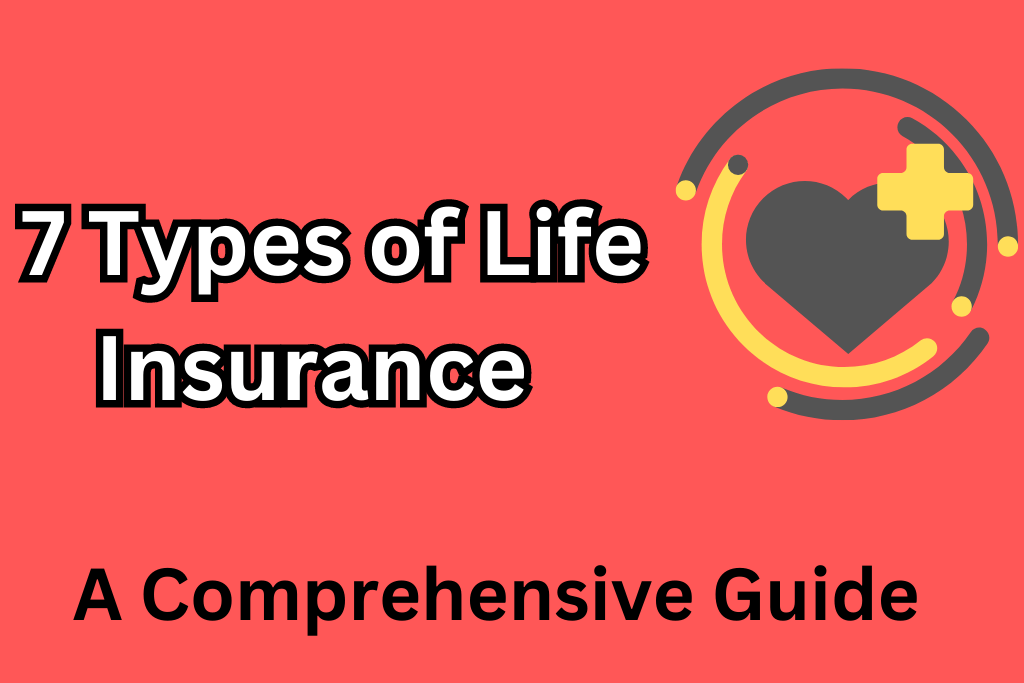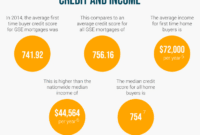Boat Insurance Explained: What You Need to Know – Boat Insurance Explained What You Need to Know is essential for any boat owner looking to navigate the waters safely and responsibly. Understanding boat insurance can feel overwhelming, but it’s crucial for protecting your investment and ensuring peace of mind while you enjoy your time on the water. This guide will help unravel the complexities of boat insurance, from its importance to the various types available, ensuring you have all the necessary information at your fingertips.
Boat insurance serves as a safety net, covering damages, liabilities, and unforeseen incidents that may occur while on the water. With a range of options tailored to different needs, knowing what coverage suits you best will enhance your boating experience. We’ll explore the different types of policies, what they cover, and how to select the right one for your specific boating activities.
In today’s fast-paced world, the importance of effective communication cannot be overstated. Whether it’s in the workplace, at social gatherings, or even in our personal relationships, the ability to convey ideas and emotions clearly and concisely is an invaluable skill. In this article, we’ll delve into the various aspects of communication, exploring its significance, the different forms it takes, and tips for enhancing this essential ability.Firstly, let’s define communication.
At its core, communication is the process of exchanging information, ideas, thoughts, or feelings between individuals or groups. This exchange can occur through various channels—verbal, non-verbal, written, and visual. Each form has its own nuances and complexities that can influence how messages are received and understood.Verbal communication is perhaps the most recognized form. This includes spoken words and the tone in which they are delivered.
The way we articulate our thoughts can greatly affect how others perceive our messages. For instance, a friendly tone can foster openness and collaboration, while a harsh tone can create barriers and misunderstandings. Therefore, being mindful of not just what we say, but how we say it, is crucial.Non-verbal communication, on the other hand, encompasses body language, facial expressions, gestures, and even eye contact.
Studies have shown that a significant portion of our communication is non-verbal. In fact, some experts suggest that non-verbal cues account for nearly 93% of our communication effectiveness. This means that our posture, the way we move our hands, or even our facial expressions can convey messages just as powerfully, if not more so, than the words we choose. For example, crossing arms may signal defensiveness, while maintaining eye contact can express confidence and interest.In addition to verbal and non-verbal communication, written communication plays a vital role, particularly in the digital age.
Emails, text messages, reports, and social media posts are just a few examples of how we communicate in writing. The challenge with written communication is that it lacks the immediate feedback that face-to-face interactions provide. This can sometimes lead to misunderstandings since the reader must infer tone and intent from the text. Clear and concise writing, coupled with proper punctuation and structure, can help mitigate this risk.Visual communication is another powerful tool.
This encompasses the use of images, graphs, charts, and videos to convey information. Visual aids can enhance understanding and retention, making complex information more accessible. For instance, a well-designed infographic can succinctly present data that might take pages of text to explain. In a world overflowing with information, visual communication can cut through the noise and highlight key messages effectively.The significance of effective communication extends beyond mere exchange of information; it fosters relationships, facilitates teamwork, and enhances decision-making.
In the workplace, for example, clear communication can lead to better collaboration among teams, reducing the likelihood of errors and increasing overall productivity. On the other hand, poor communication can result in confusion, frustration, and conflict, which can ultimately harm both relationships and project outcomes.Moreover, effective communication is essential for leadership. Leaders must articulate their vision, motivate their teams, and provide constructive feedback.
A leader who communicates well can inspire trust and loyalty among team members, creating an environment where individuals feel valued and empowered to contribute their best efforts. This, in turn, can drive innovation and success within an organization.To improve communication skills, there are several strategies individuals can adopt. First and foremost, active listening is crucial. This means not just hearing the words spoken but fully engaging with the speaker, understanding their message, and responding thoughtfully.
Active listening involves maintaining eye contact, nodding in acknowledgment, and asking clarifying questions. By demonstrating that we value others’ contributions, we create a more open and respectful dialogue.Another important aspect of effective communication is clarity. Whether speaking or writing, it’s essential to express ideas in a straightforward manner. Avoid jargon, overly complex language, or ambiguity. Instead, aim for simplicity and precision.
Additionally, tailoring the message to the audience is key. Understanding who you are communicating with allows you to adjust your language, tone, and examples to resonate better with them.Feedback also plays a vital role in enhancing communication skills. Seeking input from others about how you communicate can provide valuable insights. Constructive criticism allows individuals to identify areas for improvement and refine their approach over time.

Moreover, offering feedback to others can foster a culture of open communication, where everyone feels encouraged to express their thoughts and ideas.In conclusion, effective communication is a critical skill that permeates every aspect of our lives. It shapes our relationships, influences our careers, and impacts our personal growth. By understanding the various forms of communication—verbal, non-verbal, written, and visual—individuals can enhance their ability to connect with others.
Through active listening, clarity, and a willingness to learn from feedback, we can cultivate stronger communication skills that not only improve our interactions but also enrich our lives. As we continue to navigate an increasingly complex world, honing our communication abilities will undoubtedly remain a top priority for personal and professional success.



